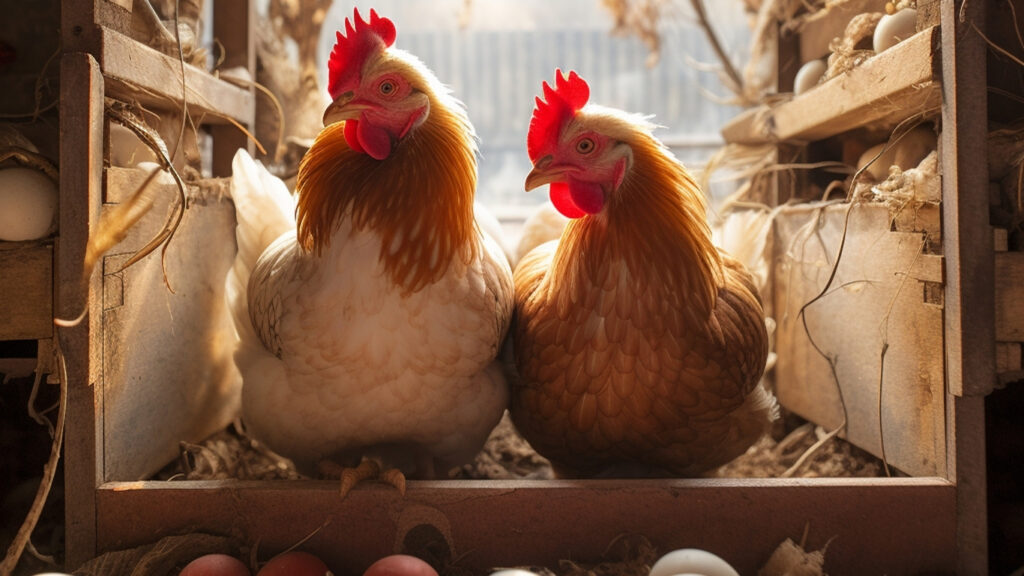Introduction to Lavender Orpington
If you’re looking for a backyard chicken breed that’s beautiful, calm, and productive, the Lavender Orpington might just be your dream bird. This stunning, lilac-toned hen is more than just a pretty face — she’s known for her friendly nature, excellent egg-laying capabilities, and cold-hardy feathers.
In this guide, we’ll dive deep into everything you need to know about Lavender Orpingtons — from their origin to care tips — to help you decide if this breed is right for your flock.
What Is a Lavender Orpington?
The Lavender Orpington is a color variation of the popular Orpington breed, developed for both ornamental and productive purposes. While not recognized as a separate breed, their lavender-gray plumage makes them stand out in any coop.
🔍 LSI Keywords:
- Blue Orpington
- Lavender chicken breed
- Heritage chicken breeds
- Dual-purpose chickens
Origin and History
The original Orpington breed was developed in England in the late 1800s by William Cook. His goal was to create a dual-purpose bird (meat and eggs) that also had show appeal.
The Lavender variety came much later through selective breeding and gene isolation. By focusing on the dilution gene responsible for the lavender coloration, breeders were able to consistently produce this eye-catching hue.
🧬 Did You Know? Lavender color is a result of the recessive “lav” gene, which dilutes black plumage into a silvery-gray tone.
Physical Appearance
Lavender Orpingtons are known for their fluffy, soft feathers and plump build. Their feathers are a solid, silvery-lavender tone from beak to tail.
Key Physical Traits:
- Weight: 7-8 lbs (hens), 10 lbs (roosters)
- Feathering: Loose, soft, and full
- Comb Type: Single comb
- Eye Color: Reddish-bay
- Skin Color: White
These birds often appear larger than they are due to their dense plumage, giving them their nickname: “the gentle giants.”
Temperament and Behavior
One of the Lavender Orpington’s best qualities is its docile and friendly nature. They’re extremely sociable and often described as lap chickens. Perfect for:
- First-time chicken keepers
- Families with children
- Urban or suburban backyards
Temperament Snapshot:
- 💜 Calm and gentle
- 🐔 Non-aggressive to other chickens
- 👧 Great with kids
- 🛏 Easily tamed for cuddles and lap time
✅ Pro Tip: Due to their calm demeanor, Lavender Orpingtons may get bullied in mixed flocks with more dominant breeds. Pair them with similarly docile birds like Buff Orpingtons or Australorps.
Egg Laying and Productivity
While they’re not the highest producers, Lavender Orpingtons are reliable layers of medium to large light brown eggs.
Egg Stats:
- 🥚 Eggs per Year: 180–250
- ⏱️ Laying Start: Around 5-6 months old
- 📅 Laying Frequency: 3–5 eggs per week
- ❄️ Cold-Hardy: Yes — excellent winter layers!
They’re also known to go broody, making them excellent mothers if you’re interested in natural chick hatching.
Care and Coop Requirements
Lavender Orpingtons are hardy birds, but their feathering requires a little extra attention.
Coop & Run Essentials: Lavender Orpington
- 🏠 Minimum 4 square feet per bird inside the coop
- 🏃♂️ At least 8-10 square feet per bird in the run
- 🛁 Dust bath areas to prevent mites
- 🌧️ Dry, well-ventilated coop to avoid moisture buildup in feathers
Health Tips: Lavender Orpington
- Check regularly for mites and lice in dense plumage.
- Avoid overcrowding to reduce feather plucking.
- Supplement with calcium and protein during molting season.
🧼 Their fluffy feathers can get dirty in wet or muddy areas. Consider elevated runs or dry bedding to keep them clean.
Is the Lavender Orpington Right for You?
You might love this breed if you:
- Want a friendly, affectionate chicken
- Need a winter-hardy egg layer
- Appreciate unique and beautiful plumage
- Have a calm flock or are starting a new one
But it might not be the best fit if:
- You want ultra-high egg production
- You have a mixed flock of aggressive breeds
- You live in an extremely hot, humid climate (their feathering makes cooling down harder)
Common FAQs about Lavender Orpington
q. Are Lavender Orpingtons rare?
A. Yes, they are considered relatively rare compared to standard Orpington colors. Their unique coloring requires selective breeding, making them a specialty variety.
q. Do they lay colored eggs?
A. No, Lavender Orpingtons lay light brown eggs. If you’re after blue or green eggs, consider Easter Eggers or Ameraucanas.
q. Can they live with other breeds?
A. Yes, but it’s best to house them with other calm breeds to prevent bullying due to their gentle nature.
q. How long do Lavender Orpingtons live?
A. With proper care, they can live 6–10 years or more.
q. Do they fly?
A. Not really. Their large bodies and heavy plumage make them poor flyers, which is great for backyard containment.
Conclusion: Lavender Orpington
The Lavender Orpington is a perfect blend of beauty, temperament, and productivity. Whether you’re a seasoned chicken keeper or just getting started, this breed offers a rewarding experience both in the coop and in your heart.
From their cloud-like feathers to their sweet personalities, Lavender Orpingtons are a joy to raise — and they’ll reward you with eggs, companionship, and plenty of Instagram-worthy photos.






